How iPhone and Samsung Insurance Providers Impact the Secondhand Mobile Device Market
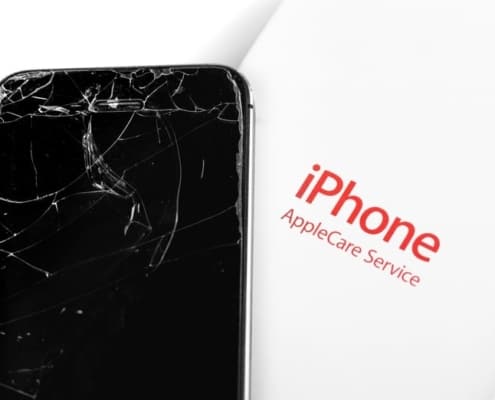
How do Samsung and iPhone insurance providers impact price trends in the market for secondhand smartphones? As a participant in the used phone market, it is important to keep an eye on the global picture of what impacts pricing and inventory availability. One important consideration is how phone insurance options for iPhone and Samsung devices impact the market. The events of 2020 have created unusual demand trends that were essentially impossible to predict six months ago.
Some of these trends have been either caused wholly or impacted by the iPhone and Samsung insurance markets. What shifted in the winter of 2020? First, you have to know that most phone insurance providers supply refurbished phones instead of “factory fresh” replacements when phones are lost or damaged. Mainstream phone insurers were scrambling to find replacement devices for customers when most of the factories that refurbish devices in China shut down due to the novel coronavirus (COVID-19).
Insurers typically set prices for Grade A1 and A2 devices due to the fact that replacement devices must be of a very high grade. However, insurers with massive buying power were suddenly forced to dip into the pool of lower-grade devices to honor iPhone insurance and Samsung cell phone insurance contracts. This meant a much tighter supply as those insurers sought lower grades that have historically only been accessed by used phone wholesalers and retailers. This threw the supply-and-demand cycle into a tailspin for many resellers.
Understanding Phone Insurance Coverage
In order to understand the impact of phone insurance on demand for used phones. It is important to understand the coverage that is offered in the market. When it comes to iPhone insurance and Samsung phone insurance. Customers can either purchase independent plans or sign up with their carriers. Here’s a look at what pricing looks like for customer-direct plans:
- SquareTrade: $89 for a one-year plan, $149 for a two-year plan, or $179 for a three-year plan.
- Samsung Premium Care: $3.99, $11.99, or $19.99 per month for Samsung phone insurance depending on your device.
- AppleCare+ iPhone Insurance: $149 (or $249 for theft and loss protection) annually.
The real juggernauts in phone insurance are the large insurers that have comprehensive packages with carriers and retailers. Nearly all mainstream carriers offer coverage through either Asurion or Assurant. Asurion has long-standing contracts to offer insurance through AT&T, Verizon, and Sprint. Here is how plans break down:
- AT&T: $8.99 per month.
- Verizon: $12 to $15 per month.
- Sprint: $15 to $19 per month.
Customers with insurance provided through T-Mobile and Verizon file their claims through Assurant. (Note that Verizon has working relationships with both insurance companies.) Assurant also has “retail” deals with brands like Amazon, Best Buy, Costco, and Samsung that are bundled in various ways. Here’s what most customers can expect to pay with Assurant-backed plans:
- T-Mobile: $7 to $15 per month.
- Verizon: $12 to $15 per month.
Insurance plans are wildly popular because they are often pushed at the point of sale. Many customers taking home new phones see cell phone insurance as a sound investment due to the delicate. And intricate designs of iPhone and Samsung devices.
What Does Phone Insurance Cover?
For those wondering what does phone insurance cover, here’s a glance at what most plans cover:
- Screen replacement.
- Hardware fixes.
- Device replacement.
- Setup support.
- Troubleshooting.
Deductibles often apply for iPhone insurance and Samsung cell phone insurance. Most plans don’t sit around to collect dust—in fact. More than 75 million phones are lost, stolen, or damaged each year. This is where the relationship between phone insurance and the wholesale cell phone market becomes important.
Device insurers are often on the hook to replace insured devices if they meet conditions for claims. However, these insurers often don’t send new, “factory fresh” devices because this is not what’s required in the fine print of phone insurance contracts. They often send refurbished or lightly used phones instead. Insurers are not obligated to provide the same color or model when sending a replacement in most cases—that leaves a lot of room for creativity in sourcing.
“To be able to get the customer back in the same make and model. We use a mix of both new and refurbished phones to ensure adequate inventory is available,” says Bettie Colombo. A spokesperson for Asurion. As a result, resellers are put in competition with phone insurers for supply.
Insurers’ Mobile Inventory
Let’s provide some perspective on what this means: If the average phone is worth $150 on the secondhand market. This means that insurers need to buy up to $11 billion in used. And refurbished mobile phone inventory each year to satisfy claims!
Why should you care if you are a wholesaler or retailer of used devices? As discussed earlier, insurers typically purchase Grade A1 and A2 devices from the used market under normal circumstances. This places them in the position to set pricing for these grades. However, prices can be affected across the board once insurers broaden their inventory horizons due to shutdowns, shortages, or other unforeseen trends in the global market.
This leads to one big takeaway: There’s no escaping that insurers have the buying power to pay the highest prices. Because their model is driven by both their size and obligation to fulfill insurance contracts. This creates a lucrative opportunity to sell devices to insurers like Asurion and Assurant if you can become approved as a vendor.
Additional Takeaways
Wholesalers and retailers of used phones need to understand how the different pieces of our industry fit together. Handset insurance is a major piece of the puzzle. We’ve already covered how insurers veering from their policies of sourcing Grade A1 and A2 devices during COVID-19 have had big implications for 2020. However, smaller ripples occur during demand peaks throughout the year (although they don’t receive much attention). For instance, our industry typically sees a shortage of supply every year during the summer months. This “evaporation effect” is partly driven by the fact that people jump into swimming pools with their phones in their pockets in the summer months. Phone insurers must then reach into the supply of refurbished phones coming into the market to process insurance claims.
As students of the used smartphone market, logical Wireless is always eager to understand the trends that impact our industry. We believe that by sharing this knowledge, we can all profit from the growing and always exciting industry for wholesale phones. Understanding how cell phone insurance providers move within and shape the market can be crucial for mapping out inventory prospects and exploring new business opportunities.
One thought on “How iPhone and Samsung Insurance Providers Impact the Secondhand Mobile Device Market”
Comments are closed.






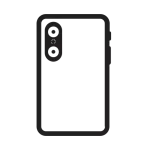



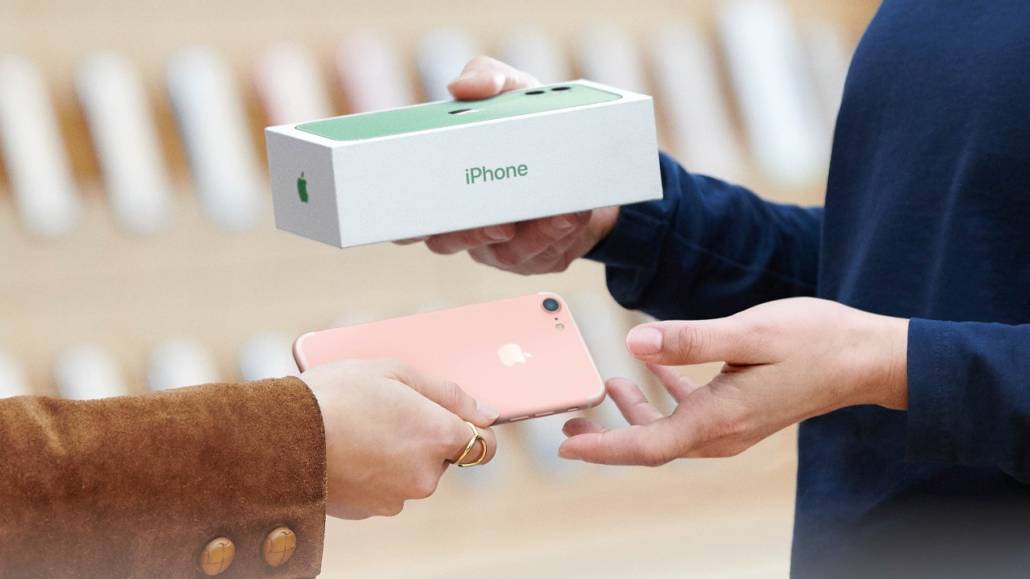
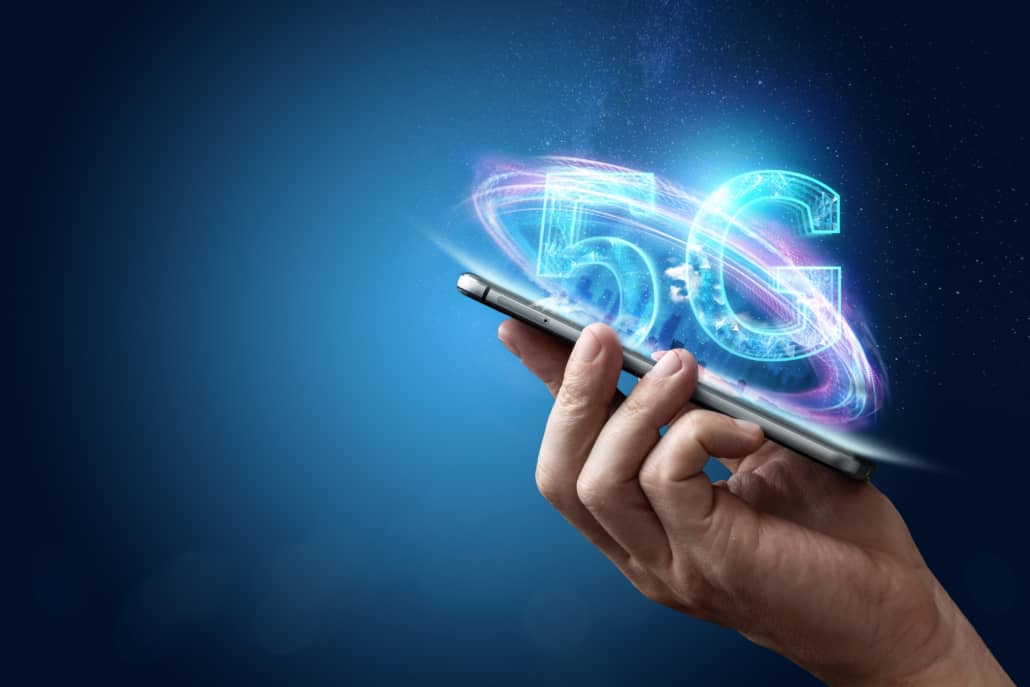

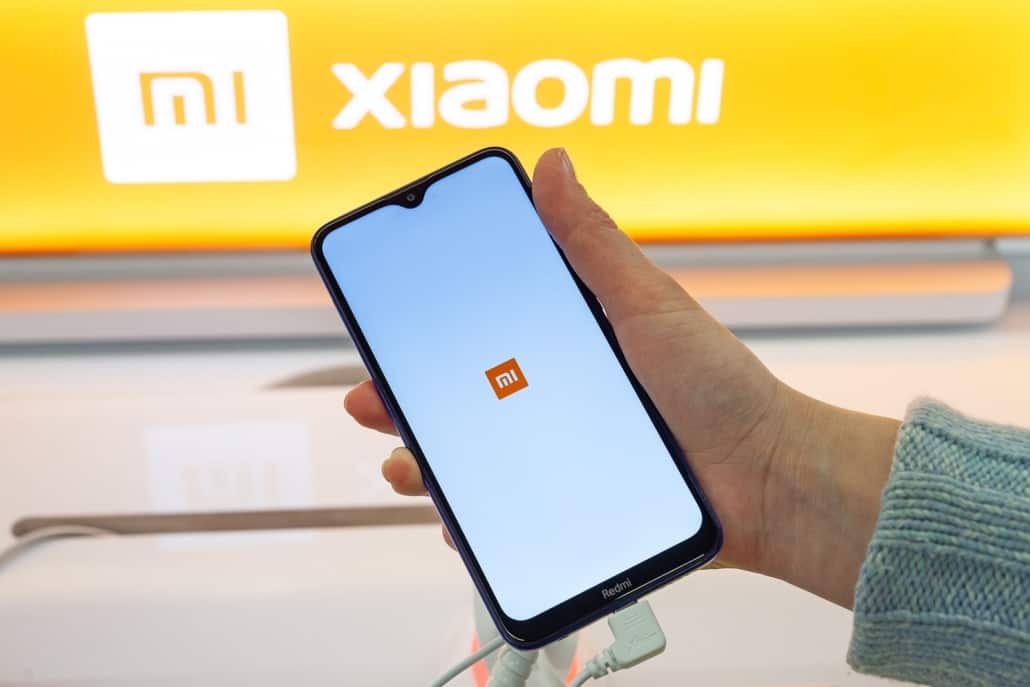
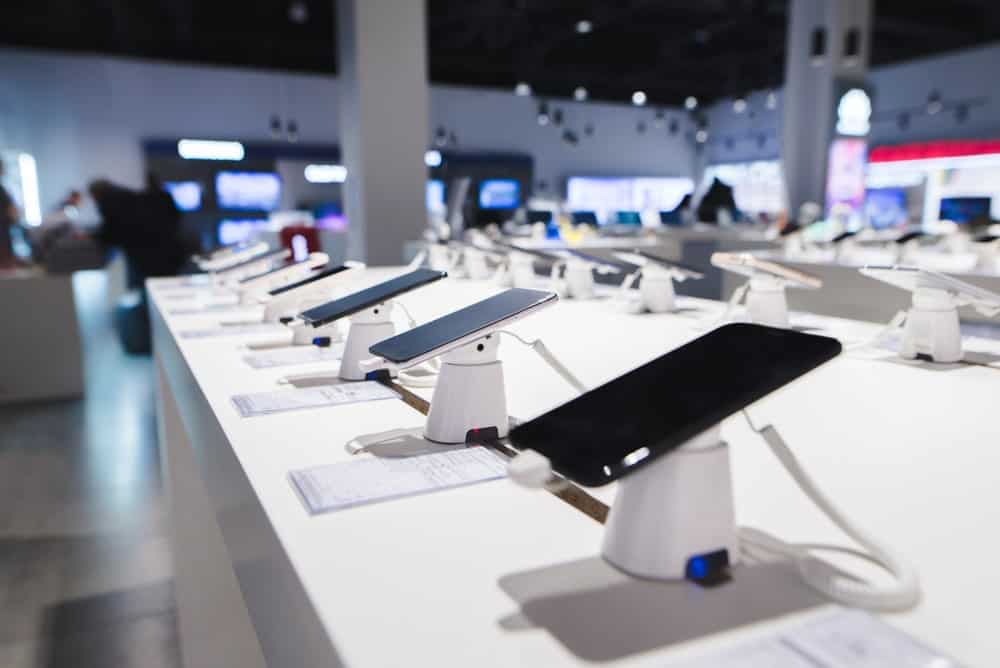
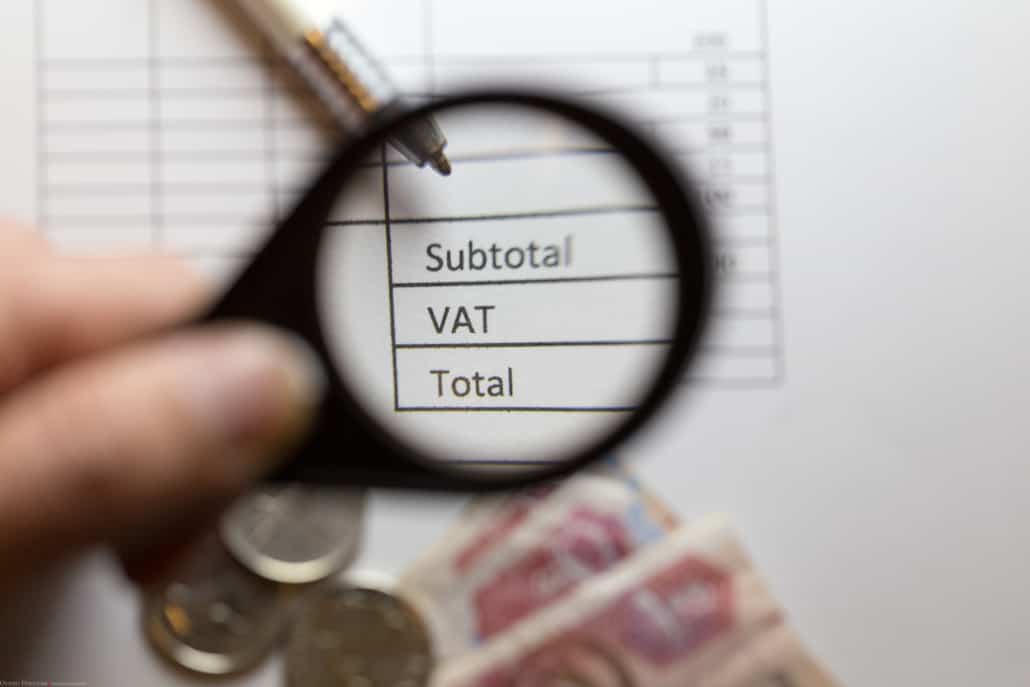


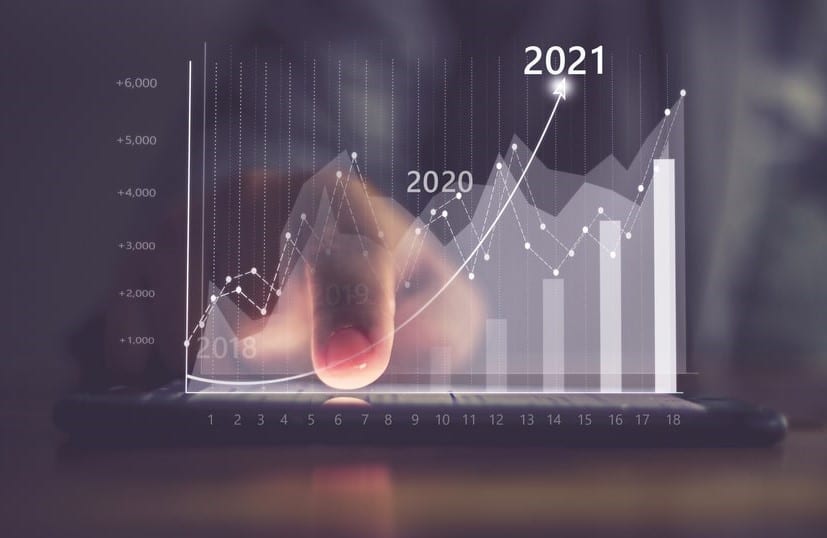
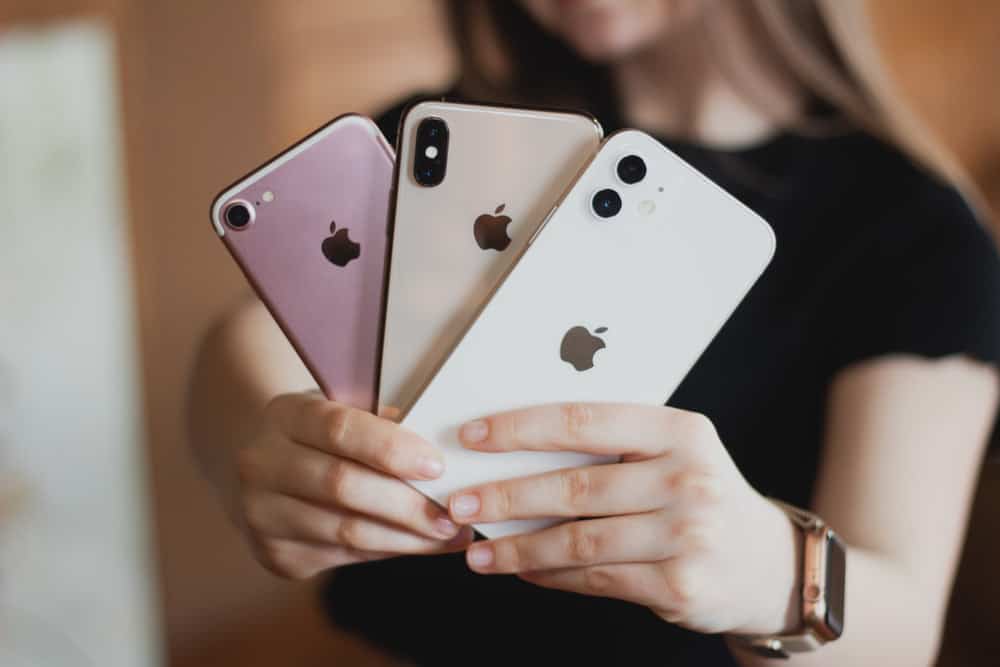
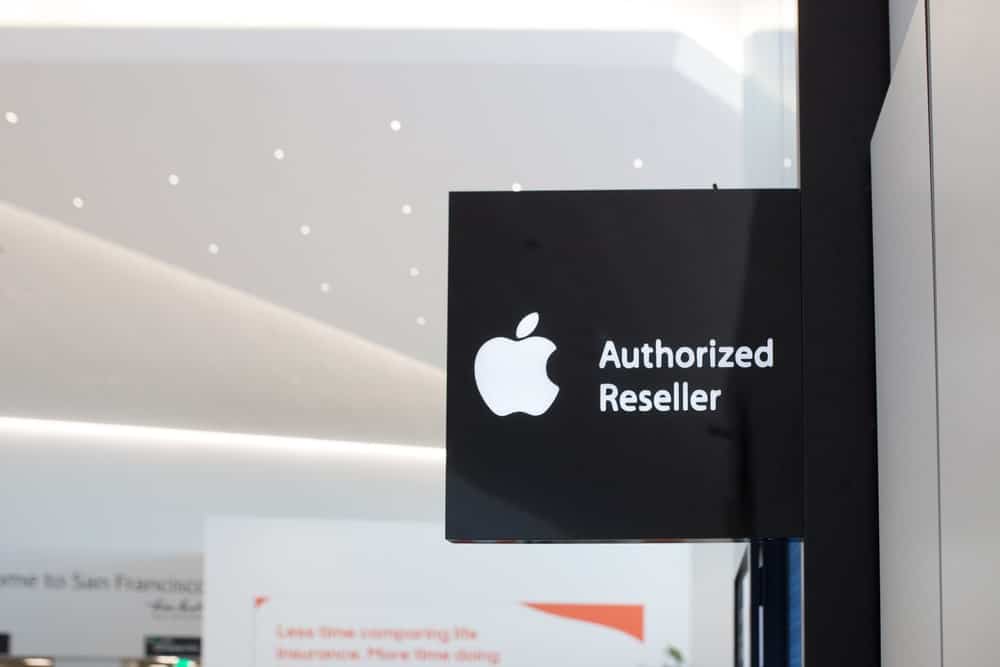
Im very happy to find this web site. I want to to thank you for ones time just for this fantastic read!! I definitely appreciated every part of it and i also have you saved as a favorite to see new information in your blog.